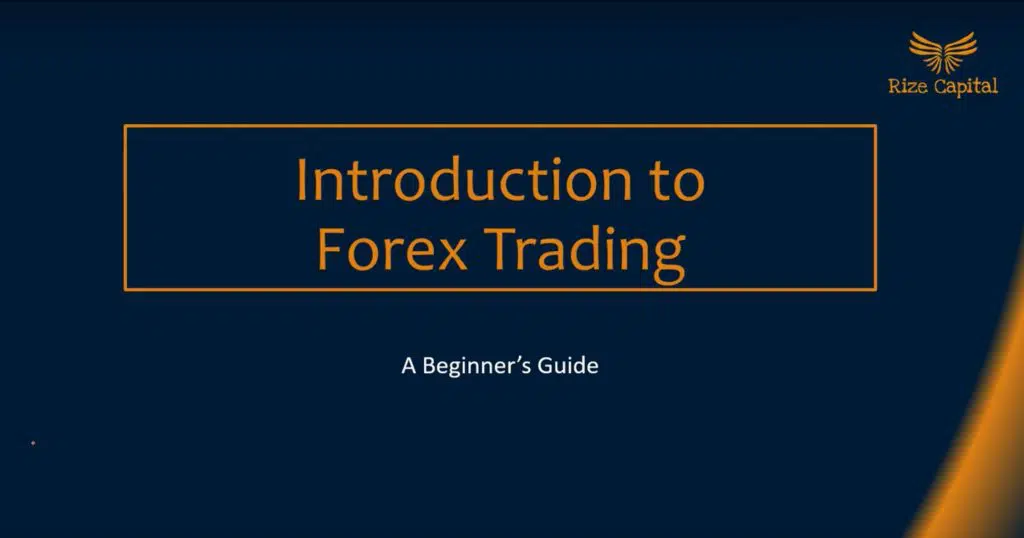In the world of Forex trading, there are two terminologies that you would come across quite often. These two terms are leverage and margin. Leverage and Margin are two important concepts that are interrelated to one another and tied to your broker. Leverage and Margin affect the trades that you can or cannot take in your account.
Let’s discuss Leverage and Margin one by one in detail.
Leverage
Leverage is the ratio of the amount of money you have in your account and the account of money you can trade. It allows you to trade positions that are larger than the amount of money in your Forex trading account. It is expressed as the increased trading power that is available to you when using the margin account. The most common leverages are 1:1 that means you can control $1 for every $1 in your account, and 100:1 that means you can control $100 for every $1 in your account. Higher the leverage, higher would be your control over currency.
Margin
Margin can be termed as a deposit that is needed to open a position in the market. It is set aside to cover for potential losses. In Forex trading, losses are inevitable and may arise at any time due to the market fluctuations. The margin is kept locked throughout the duration of the trade. For example, if you intend to buy $100,000 worth of USD/JPY, you need to set aside a percentage of the money rather than the full amount. The percentage of Margin depends on the broker and it also changes depending on the pair. The common examples of margin are 0.25%, 0.5%, 1%, 2%, 5%, 10% or higher. It should be noted here that opening a trade does not always depend on the amount in the account. It is dependent on whether you have enough Margin.
Watch the below video for further information on “Leverage and Margin”.
Relationship of Leverage and Margin
Margin can be used to create Leverage. As discussed earlier, leverage is the increased trading power that is available when you are using a margin account. In order to explain this relationship, let’s take the help of an example. Let’s suppose you want to trade 1 standard lot of USD/JPY. For that you would need $100,000 in your account because the margin is not available. However, with a margin requirement of just 1%, you can trade with just $1,000 in your account. The leverage for this trade is 100:1.
So, higher leverage means controlling more currency and earning more profit eventually. However, it also means bigger loss. Forex trading is a risky activity that should be done with care and after taking all the market factors into the account. You should also note that the leverage and margin are decided by the broker you are choosing. While choosing a broker, learning about the leverage and margin requirements can help you in the long-term in this regard. This was the overview of leverage and margin that you need to know before stepping into Forex trading.


